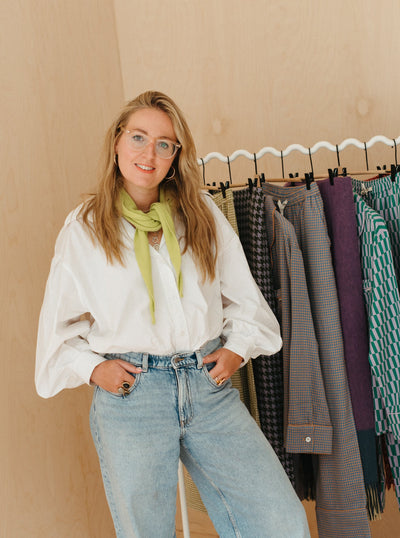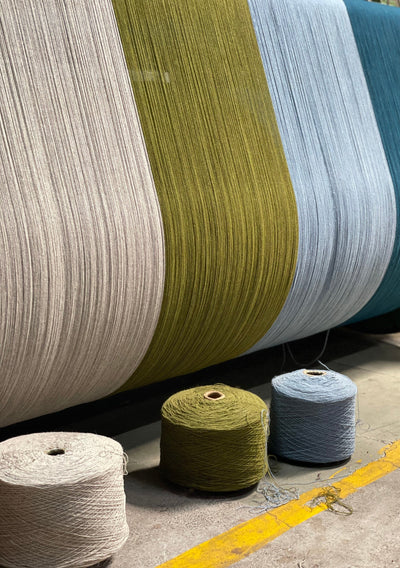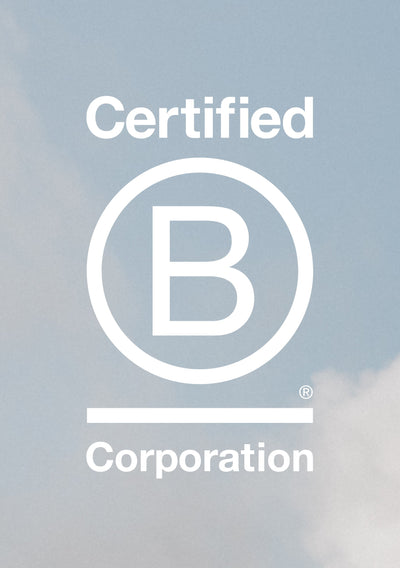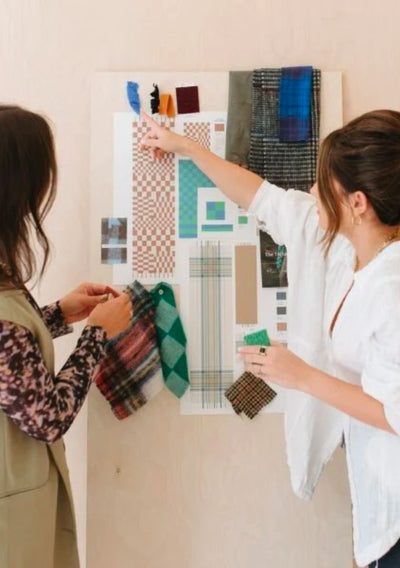How to shop for sustainable cushion inners for an eco-friendly home

Keeping an eco-friendly home is essential, but finding sustainable decor for those little touches can be challenging.
It’s the flourishes in a home that make your space uniquely yours, like decorating using a throw blanket or cushion in a design or colour that’s just so you.
Our sustainable Cotton Cushion Covers are as good for your home as they are for the environment, and with them, you don’t have to sacrifice great design for sustainability. We’ve even used the off-cuts to create our lovely tableware range, minimising wastage but maximising style.
TBCo tip: When choosing your cushion inner, pick one that’s just slightly bigger than the cover to create a nice plump effect - or if the inner is particularly thin, use two!

What to look for when buying sustainable cotton inserts
Once you’ve chosen your favourite cushion cover, it’s all about the inners; and there are a few things to look out for when choosing which one to buy: the material, certifications and brand values.
What is the most eco-friendly cushion filling?
Firstly, it’s important to check what materials are used in the cushion filling.
We want to avoid harsh, man-made fibres like polyester or acrylic as not only are these harmful towards the environment, but they can potentially be harmful towards you as well.
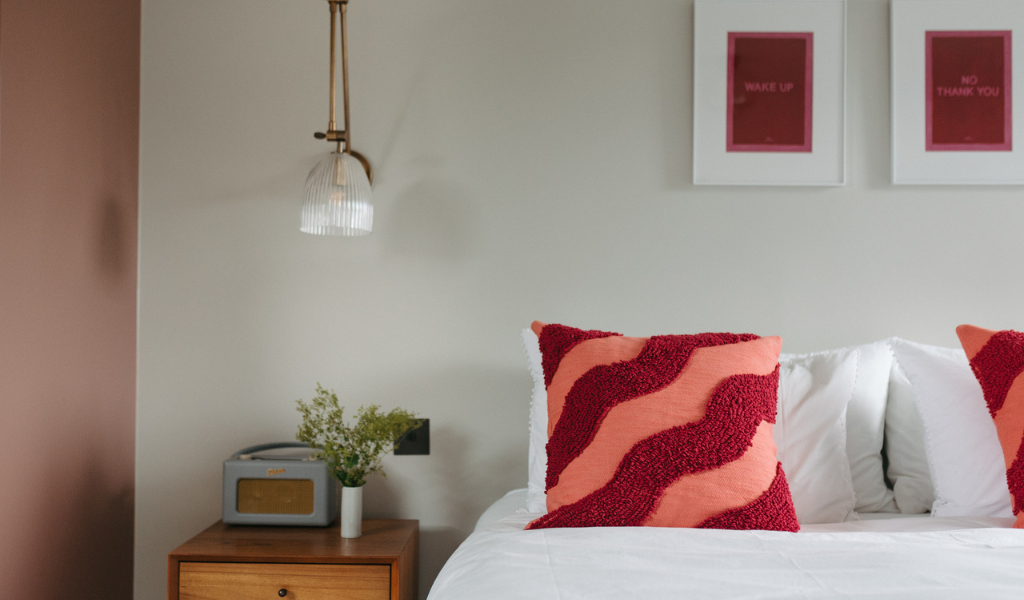
Feathers are also a popular choice for cushion inserts and are often mistaken for an eco-friendly alternative for cushion inners. While feathers are biodegradable, they can be unethically sourced.
Instead, opt for fabrics made from sustainably sourced wool, cotton and recycled materials for your cushion insert.
What certifications should sustainable fabrics have?
Knowing where materials are derived from can usually be found in the certification it carries.
For example, our certified partner mill uses AZO free dyes and ensures a holistic approach to cotton farming.
Cushion inners that carry certifications such as BCI, B Corp, Global Organic Textile Standard (GOTS) and Global Recycling Standard (GRS) are more likely to be committed to practices that are good for people, planet and animal welfare.
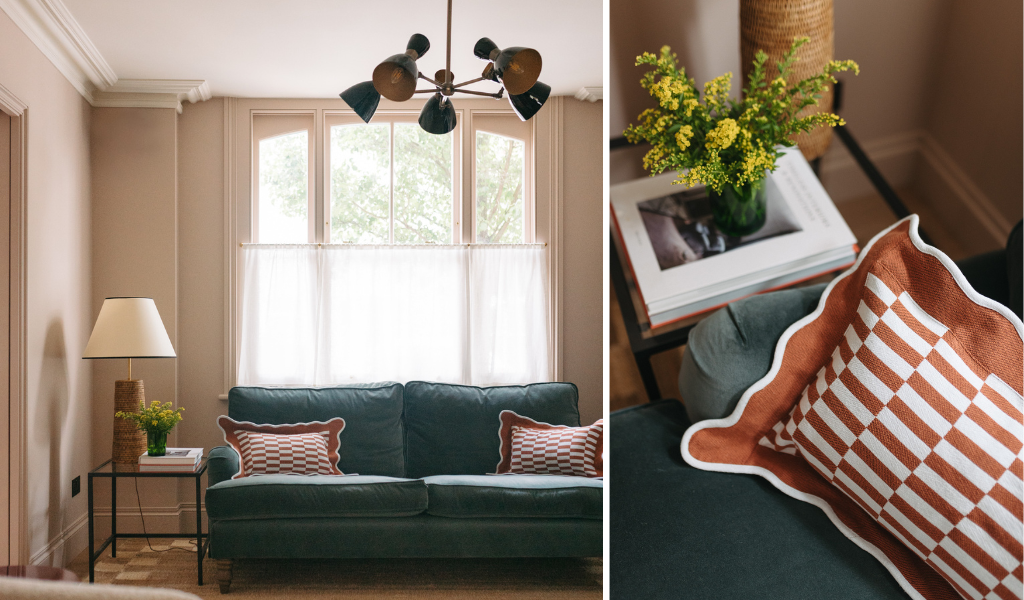
What makes a brand eco-friendly?
Choosing who to shop with when choosing your cushion inner can be a complicated decision to make when prioritising sustainability. Most brands dedicated to helping make a positive impact have this information on their website or social channels and are transparent in their practices.
Some questions to ask when choosing a sustainable cushion inner are: is the brand certified as a B Corp? Are they open about their supply chain? What other efforts do they make to help better the planet and its people?


























